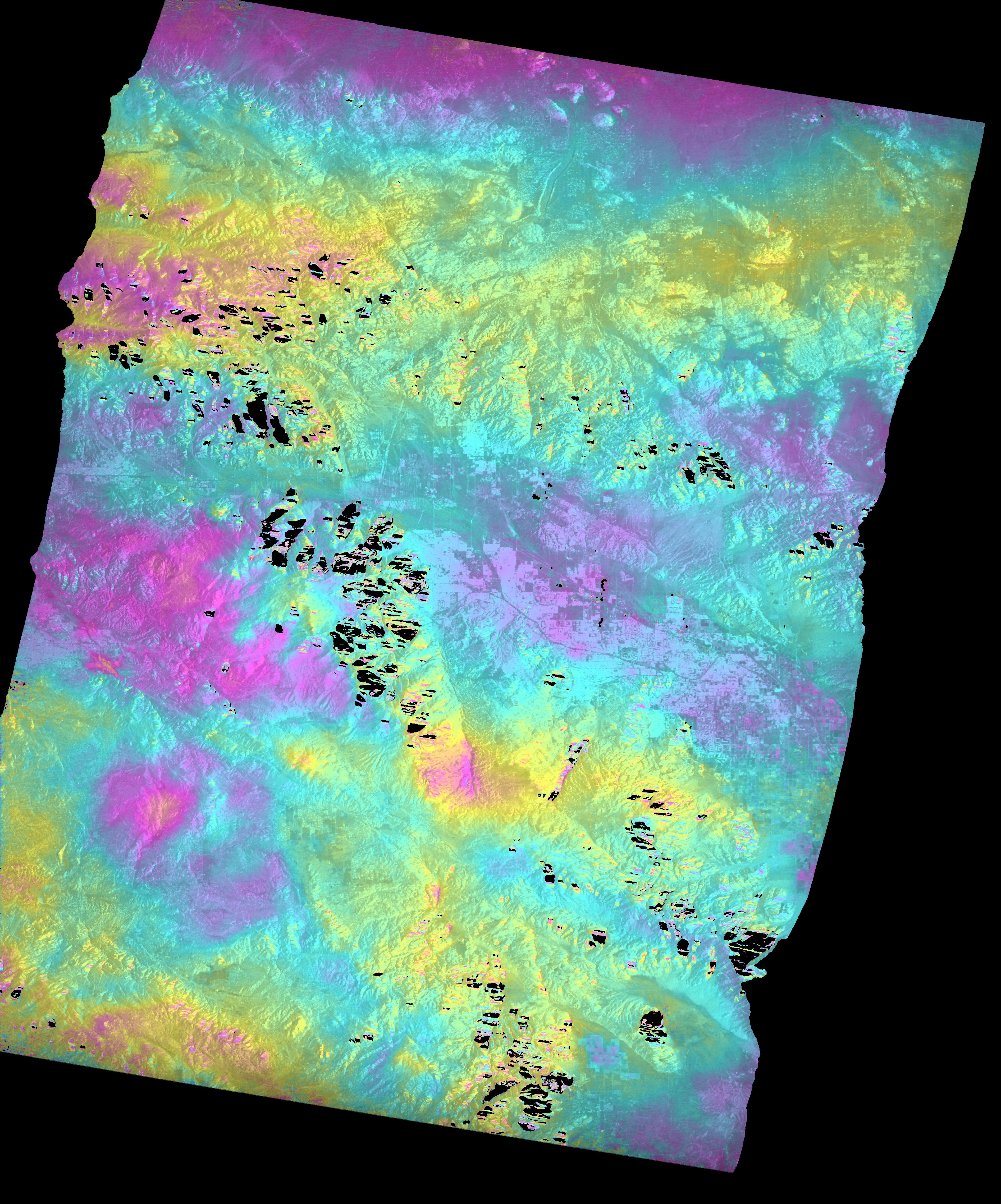|
I am currently a PHD student in Department of Geophysics. I joined the Stanford Radar Interferometry Group in fall 2008.
Phase measurements from interferometric synthetic aperture radar
(InSAR) can potentially measure centimetre-scale changes in
deformation over timespans of days to years. At present, I am using
the Repeat Orbit Interferometry Package (ROI_PAC) to process InSAR data
from spaceborne synthetic aperture radar instruments like the European
Remote-Sensing Satellite (ERS) and the Advanced Land Observation Satellite
(ALOS). The L-band ALOS data can be further used to study effects of
the Earth's atmosphere and ionosphere on InSAR data. The
interferograms generated from ALOS data show the phase changes that
might be caused by the atmosphere or ionosphere. With Global
Positioning System (GPS) data in hand, I hope to measure the electron
density in the ionosphere on a given day based on ionospheric delay
estimation with dual-frequency measurements. Comparing the
interferograms and the electron densities of these days, I am trying
to distinguish between the ionosphere's effects and atmospheric effect.
The different colors in the figure shows the phase changes that are caused
by effects of atmosphere and ionosphere. (These are mainly due to the atmosphere,
probably.)

|